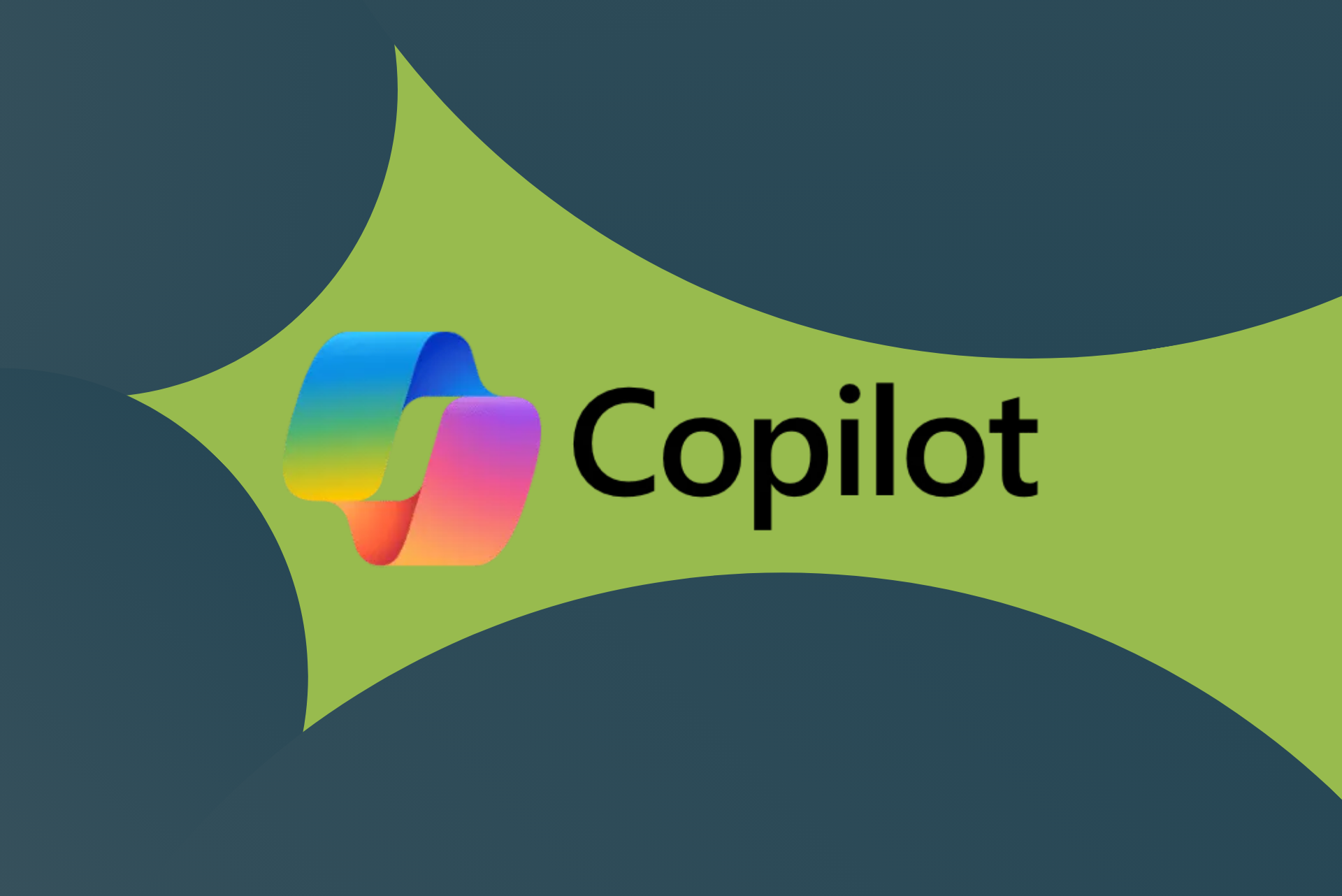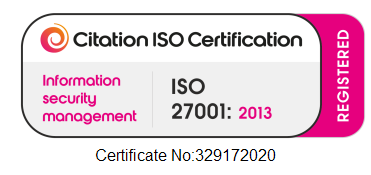10 Top Tips for Getting the Most Out of Microsoft Copilot

At Cranborne, we believe technology should work for you, not create extra hassle. Microsoft Copilot is one of those rare tools that can genuinely transform the way your business operates.
Built directly into the Microsoft 365 apps you already use, Copilot acts like a digital assistant: it can summarise, analyse, draft, and suggest, freeing you and your team to focus on higher-value work.
How to use Copilot effectively
Here are our 10 practical tips to help your organisation use Copilot effectively:
1. Start with clear prompts
Copilot responds best to clear instructions. Instead of asking “summarise this”, try “summarise this 8-page report into three bullet points for a board meeting, with a focus on financial risks.”
Think of it as giving directions: the more detail, the better the result.
2. Cut down admin time
Repetitive tasks can drain productivity. Copilot can draft routine emails, pull together meeting notes, or create first versions of policies and proposals.
For example, in Word, paste your bullet points and ask Copilot to turn them into a client-ready letter.
3. Use it for smarter analysis
Data-heavy work can feel overwhelming. Copilot in Excel helps by spotting trends, creating charts, and explaining results in plain English.
Try asking:
“Show me sales trends over the last six months and highlight any anomalies.”
4. Brainstorm new ideas
Whether it’s campaign messaging, fundraising themes, or names for a new product, Copilot can act as a springboard.
You might not use its exact wording, but it can break creative block and give you fresh directions.
5. Make meetings more productive
Copilot in Teams can generate recaps, list key decisions, and flag follow-up actions.
This means even if someone misses the call, they can get up to speed in minutes — not hours.
6. Keep communications consistent
From HR policies to customer updates, Copilot can help adjust tone and simplify complex wording.
Ask it to “rewrite this in plain English” or “reframe this for a client-facing audience.”
7. Upskill your team gradually
The best way to learn Copilot is to use it. Encourage small steps: ask staff to test it on formatting documents, restructuring notes, or preparing short summaries.
Building confidence in these small wins will help adoption across the business.
8. Always review and refine
Copilot is powerful, but it’s not perfect. Treat its outputs as a draft, not a final version.
Make sure the content is fact-checked, personalised, and aligned to your organisation’s values.
9. Apply the same security standards
Remember: Copilot works with your data. Train staff to apply the same confidentiality rules as they would with emails or shared files.
Sensitive information should be handled with care. AI doesn’t remove your responsibility.
10. Build a “Copilot mindset”
The biggest productivity gains come when your team gets into the habit of asking: “Could Copilot help with this?”
Over time, those daily time-savers compound into meaningful efficiency gains across the business.
The Cranborne approach:
We’re already seeing how Copilot helps care homes reduce admin burden, how charities use it to streamline reporting, and how finance firms use it for quick analysis. Every sector has its own wins.
If you’d like a tailored session on how Copilot can benefit your organisation from security considerations to staff training, Cranborne is here to support you.




